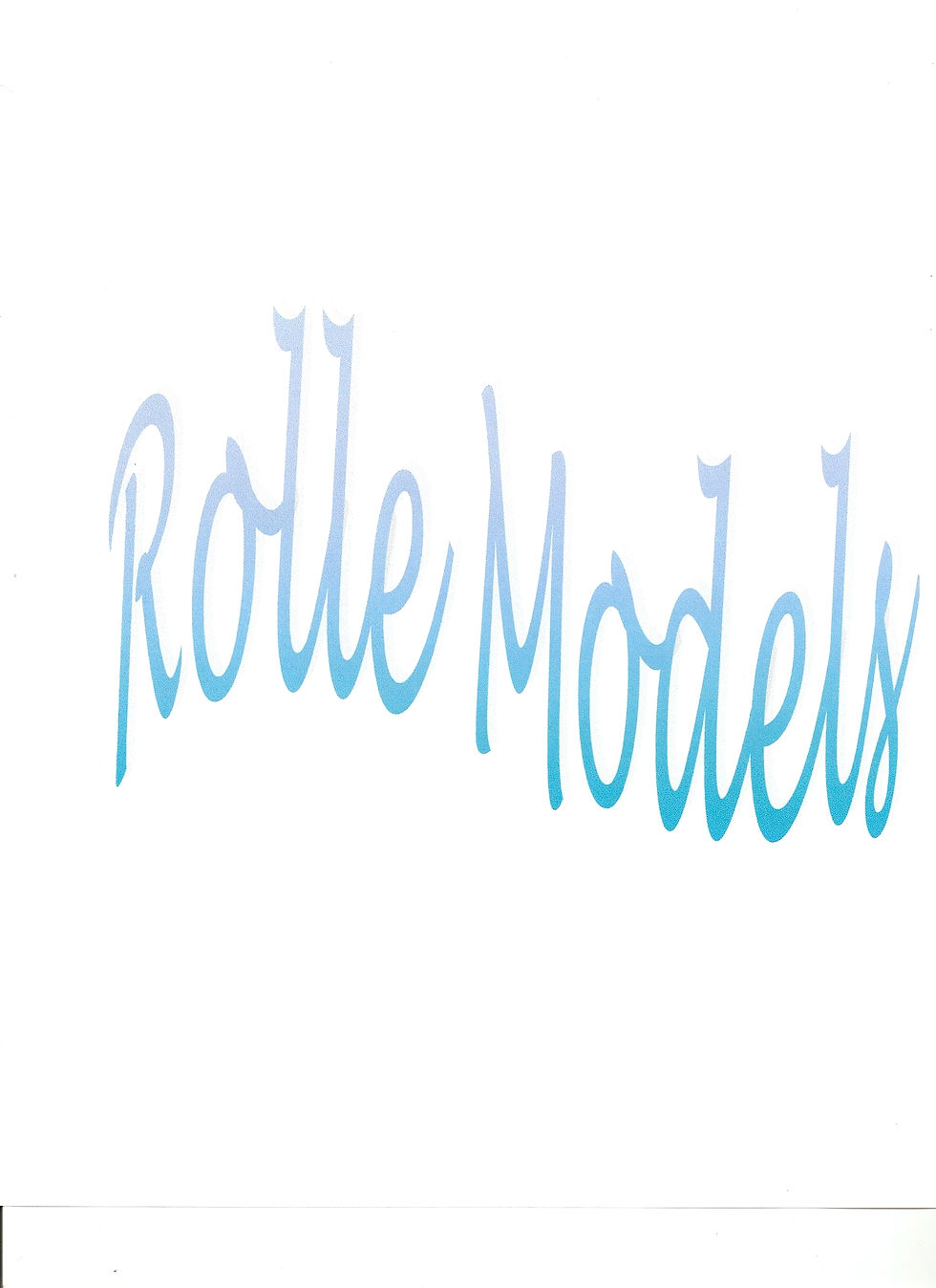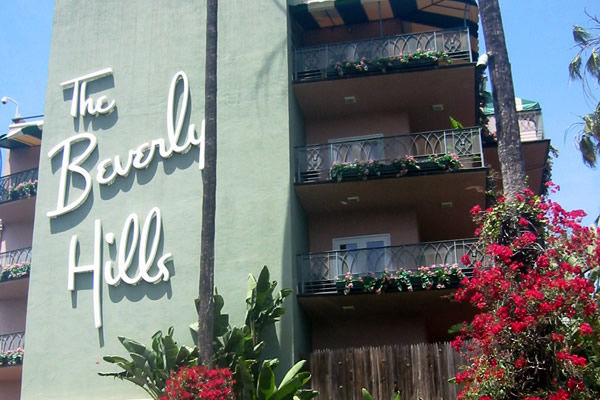
Crossroads Media Network
London
Tokyo
New York












 |  |  |
|---|
Looking for Automobiles?
Minnesota Department of Health
National Native HIV/AIDS Awareness Day observed on March 20
Organizers in Minnesota offer free HIV testing and awareness events
National Native HIV/AIDS Awareness Day (NNHAAD) will be observed on March 20 to raise awareness about the impact that HIV/AIDS has had on American Indians and to honor those who are living with or have died of the disease.
"HIV/AIDS continues to infect American Indians in Minnesota." said Dr. Ed Ehlinger, Minnesota Commissioner of Health. "We are using this opportunity to let our American Indian communities know that HIV/AIDS remains a serious health threat."
According to the Centers for Disease Control and Prevention (CDC), native communities currently have the fifth highest rate of new HIV infections in the U.S. when compared to other population groups. Through 2012, an estimated 2,867 American Indians/Alaska Natives are living with HIV/AIDS in the U.S.
Minnesota Department of Health (MDH) data show that 235 cases of HIV infection have been reported among American Indians since the beginning of the epidemic and 105 of them have died. As of 2013, there are 132 American Indians living with HIV in Minnesota. Seventy-six of the living cases are males and 56 cases are females.
American Indians have experienced higher rates of diseases over time, including HIV/AIDS. Factors contributing to higher disease occurrence and lower life expectancy among American Indians include disproportionate rates of poverty, discrimination in the delivery of health services, limited access to quality health education, cultural differences and social stigma.
"We can lower HIV infection rates by ensuring prevention, testing and treatment services are accessible for communities experiencing socioeconomic disadvantages," said Ehlinger. "One of the first steps is to get connected with some of the culturally specific programs and events in the American Indian community."
For this year's NNHAAD observance, local organizations serving American Indian communities will be offering free HIV testing and educational events (see below). MDH will be launching a three-month HIV and sexually transmitted disease prevention campaign reaching American Indians residing on reservations and the Twin Cities through the cable television network GoodHealthTV ™.
The STD/HIV/TB Section and the Office of Minority and Multicultural Health at MDH currently fund 26 community-based programs aimed at preventing the spread of HIV and/or providing testing in adults and young people of all races who are at risk of acquiring the infection.
Health officials noted that the best ways to stop the spread is to know your HIV status, avoid or delay sexual activity, decrease the number of sexual partners, always use latex condoms during sex, avoid sharing needles or equipment to tattoo, body pierce or inject drugs, testing at least annually if sexually active, and getting into and continuing with health care if infected.
For more information on National Native HIV/AIDS Awareness Day 2015, visit National Native HIV/AIDS Awareness Day, and for more information about Minnesota's observance activities, visit: National Native HIV/AIDS Awareness Day (NNHAAD).
Information about HIV is available from the Minnesota AIDS Project (MAP) AIDSLine, 612-373-2437 (Twin Cities Metro), 1-800-248-2437 (Statewide), 1-888-820-2437 (Statewide TTY), text AIDSLINE to 839863, or chat online at: Minnesota AIDS Project. MAP AIDSLine offers statewide information and referral services, including prevention education, HIV risk assessments, HIV testing and referrals to HIV testing sites.
The MDH HIV/AIDS Surveillance Report-2013, which includes data specific for American Indians, can be found on the MDH website at: HIV/AIDS Surveillance.
Advertising Rates
Instructions:
Choose which module(s) you want your Ad/Picture placed.
Email the picture(s) with the Paypal receipt number in the
“Subject” row.
Place any additional wording you want with your Ad/Picture in
the “Message” area of your email.

